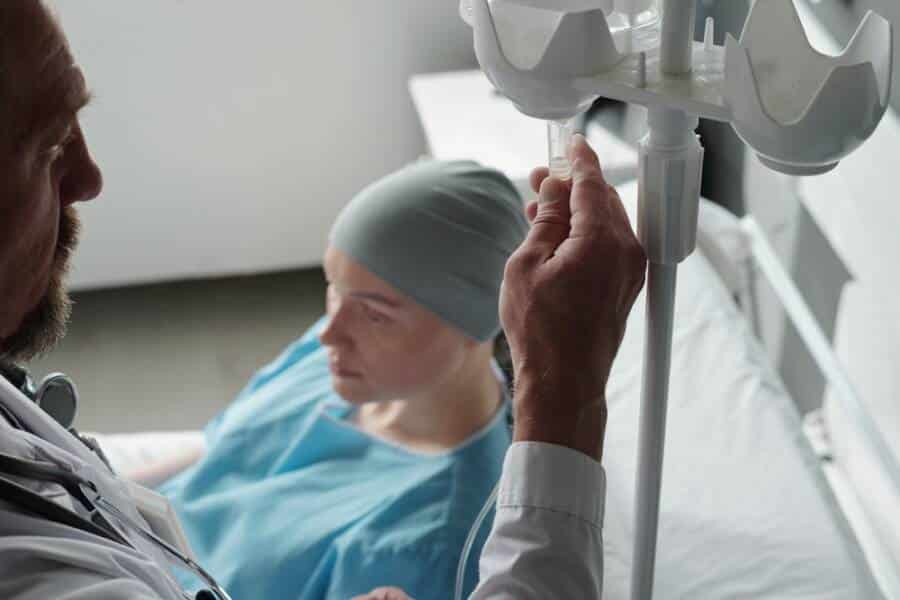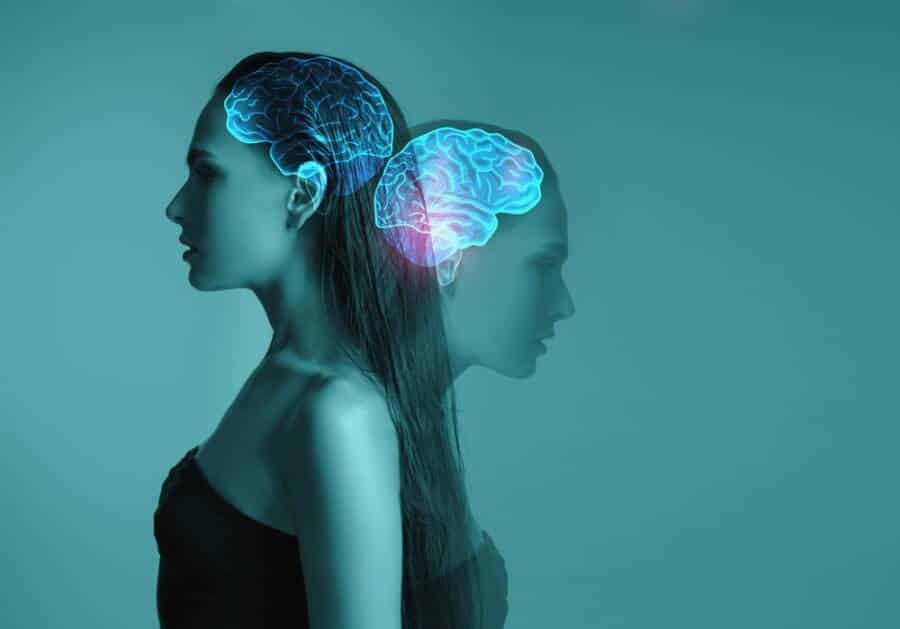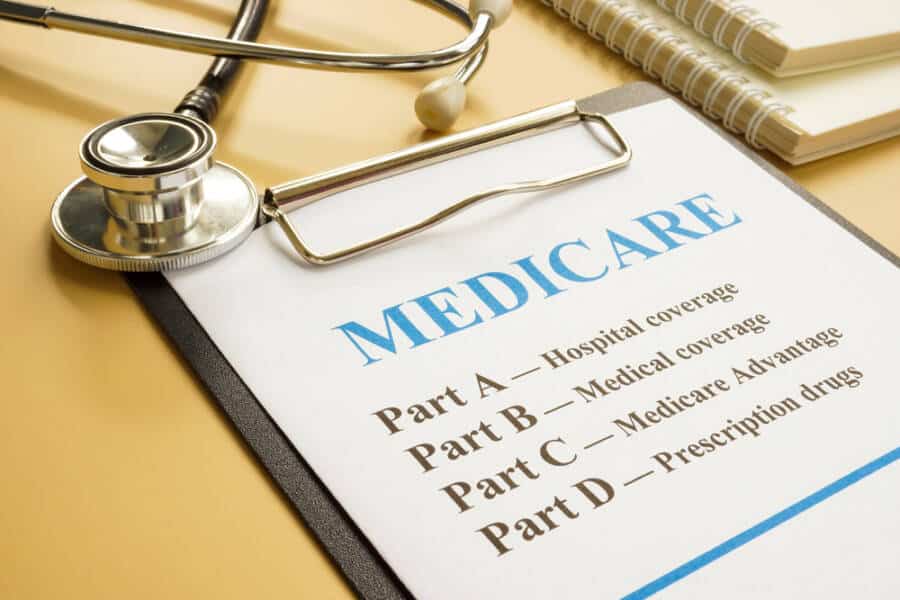
Since some drugs that contain carcinogens represent a common external factor that can lead to the development of cancer, patients need to be on guard when it comes to them. Cancer appears when abnormal cells in the body start replicating at a rate way beyond the body’s control.
The medical complication can easily occur in any part of the body, especially where cell division takes place. After some time, the problem can easily spread to other areas. Some people are way more prone to cancer than others.
Some of the main risk factors generally include genetics and external environmental factors. The main consequences of such drug injuries are quite devastating. In fact, one of the most common external factors that could lead to cancer is prescription drugs, as ironic as it sounds.
Scientists are still researching to establish how drugs might provoke cancer. Drugs that generally cause it are divided into three major categories: immunosuppressive therapy, hormone therapy, and diabetes medications.






5 Responses
Maybe
TY for informing me about Losartan. Would you please email me your information about it separately? I could not copy it on my library’s computer and I must send it to my doctor.
So poorly written.
Does Duloxetine cause cancer?
Why are these drugs made this way are drug companies trying to kill the people.